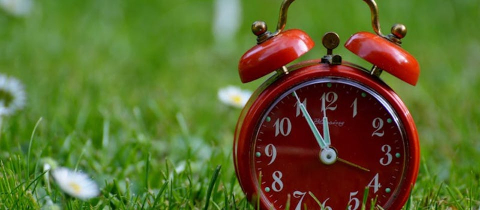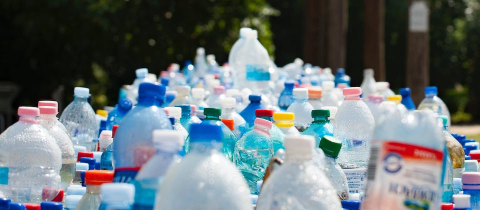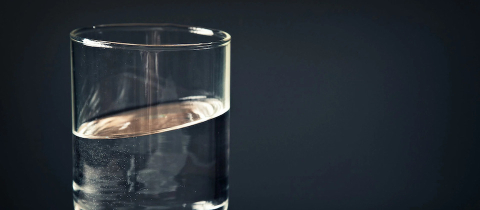Polyurethanes are extremely versatile plastics. They can be used to make flexible foams for pillows, solid wheels for roller blades, varnishes for furniture, glues, surfboards, insulation for walls and fridges, side panels for farm machinery, tires and a host of other products. Like other plastics, polyurethanes are polymers, meaning they are giant molecules composed of individual units, like a chain is composed of links. In this case the links are compounds called diisocyanates and polyols. Where do we get these? Therein lies the problem. We source them from petroleum, which means that we had better find alternative sources, because it is a question of when, not if, we will run out of petroleum. But we will not run out of soybeans. And the major component of polyurethanes, the polyols, can be made from soy oil. Soybeans are widely grown for animal feed and soy protein is used in a variety of human foods as well. Soy oil is commonly used in frying and can even be converted into biodiesel for cars and trucks. A simple chemical reaction can convert soy oil into "epoxidated soy oil" which in turn can readily be changed into the required polyols. Using these to make polyurethane products is not only a theoretical possibility, it is a practical reality. Molded seats for tractors, panels for combines, office furniture, carpet backing, pillows and foam insulation are already being produced from soy oil. The real beauty of course is that the resource is renewable. Furthermore these polyols cost less than the ones that derive from petroleum and require less energy to produce. Eventually they have the potential to replace petroleum polyols in all polyurethanes. We may even be looking at condoms made from soy!
But wouldn't it be great if we didn't have to process plant products into plastics? What if plants could actually grow plastics? That is not as impossible as it sounds. In fact it is not impossible at all. It can already be done - with the help of bacteria - the same way that we store fat as a potential energy source, bacteria convert excess nutrients into a substance called polyhydroxybutyrate which they store for lean times. PHB, as it is called, can be extracted from bacteria that have been fattened up in fermentation vessels by feeding them glucose. The plastic can then be used to make bottles, bags and even drinking cups. Granted, it isn't the best quality plastic and tends to be brittle but it does have one huge advantage. It is biodegradable! Bacteria not only store PHB, they eat it! That's why the US Navy has switched to PHB cups. Now they don't have to worry about sailors throwing their cups overboard and running afoul of the 1973 UN convention that all material thrown into the sea must be biodegradable. Bacterial fermentation, however, is not an efficient enough way to produce PHB. An idea with a great deal of potential is to take the gene from bacteria that gives the instruction for the production of PHB and put it into a plant. Such genetically modified plants will then grow plastic. The mustard plant has been used and potatoes are a possibility. Of course before this technology is applied on a large scale there will have to be environmental studies about the impact of such plants on the environment. There is no health issue; the bacteria inside our bodies produce PHB all the time anyway. So we'll see. In the future plants may produce not only our food but also the packaging material to wrap them.







